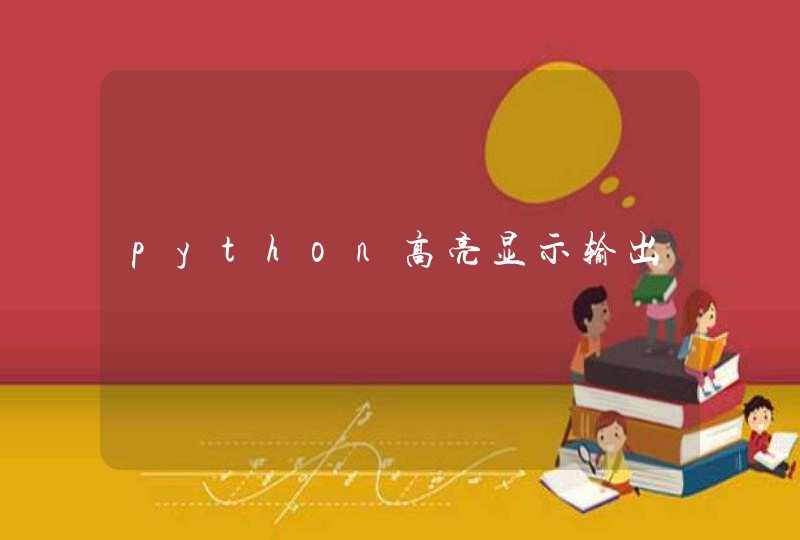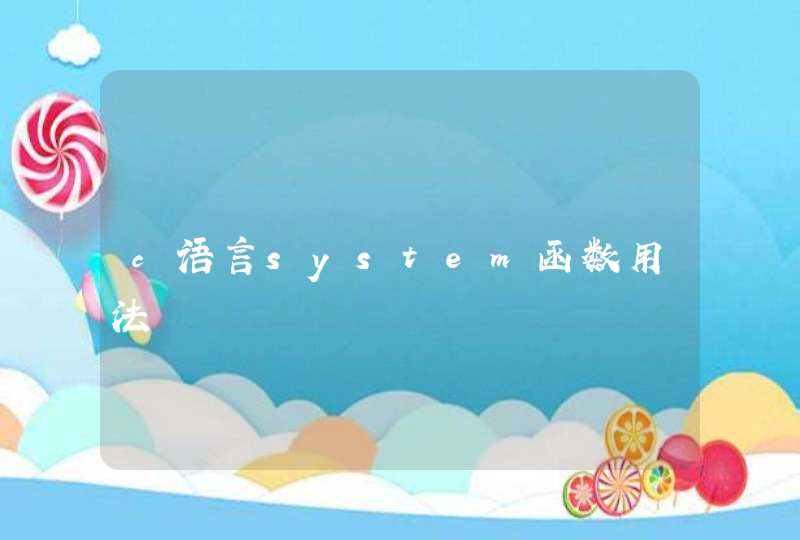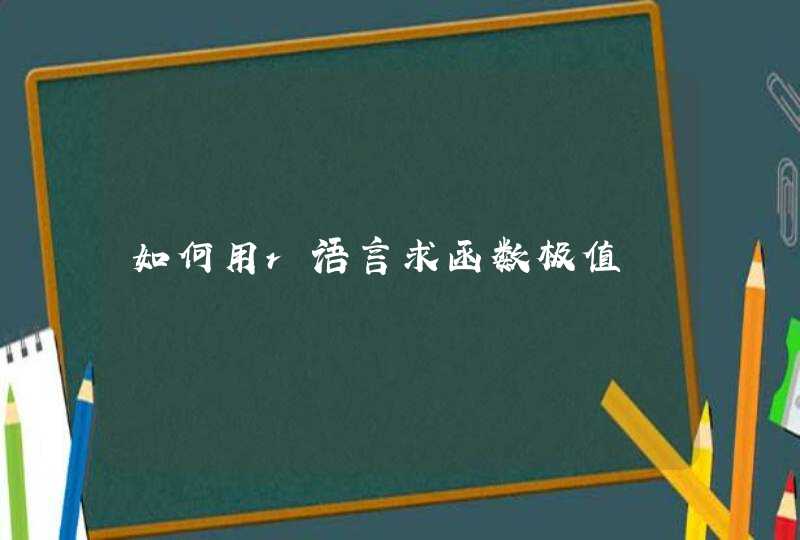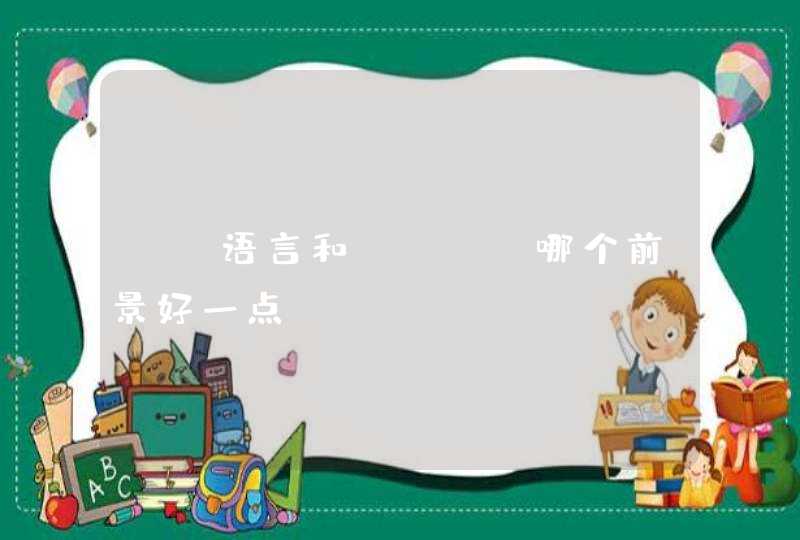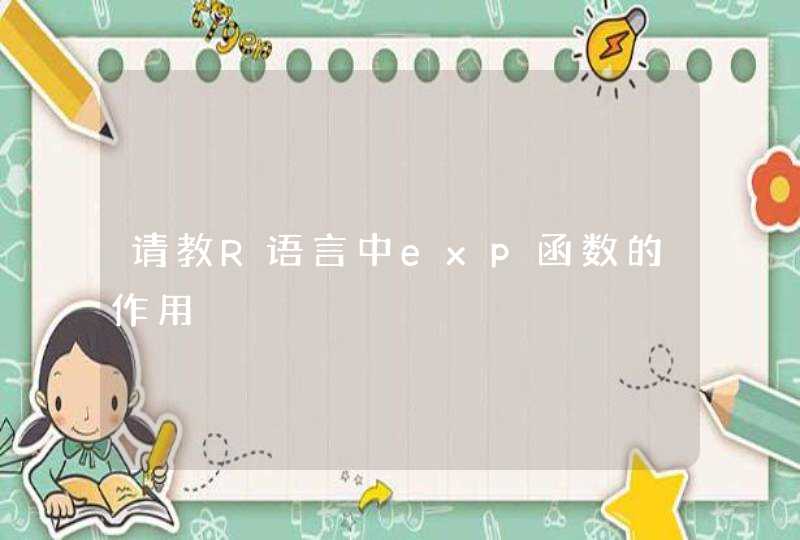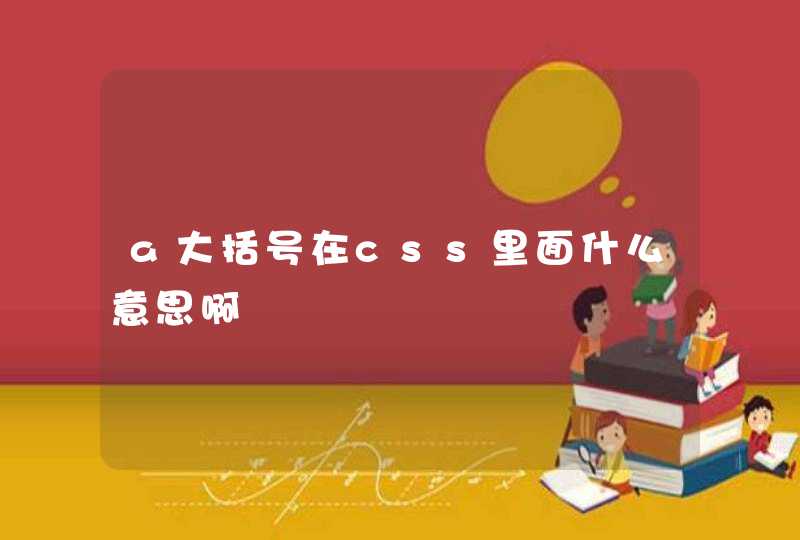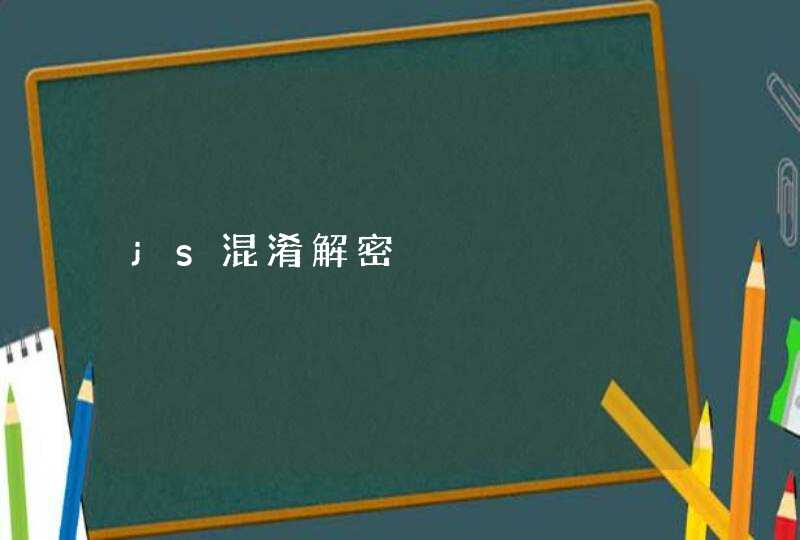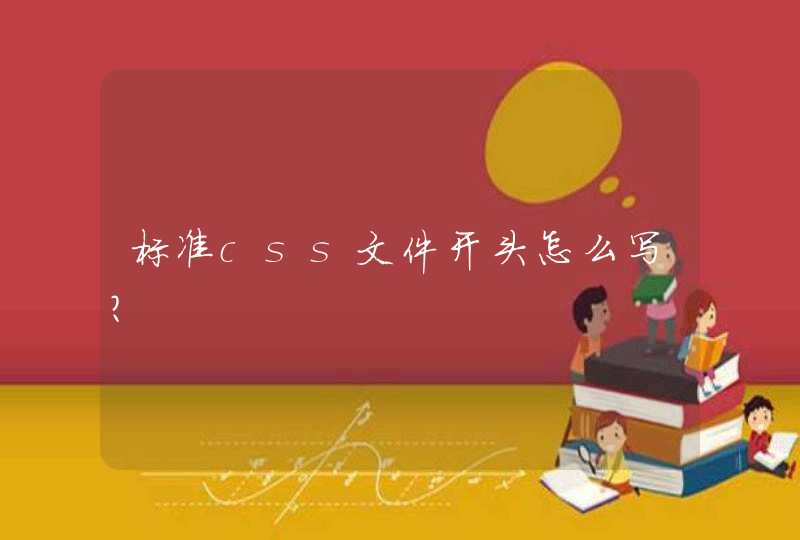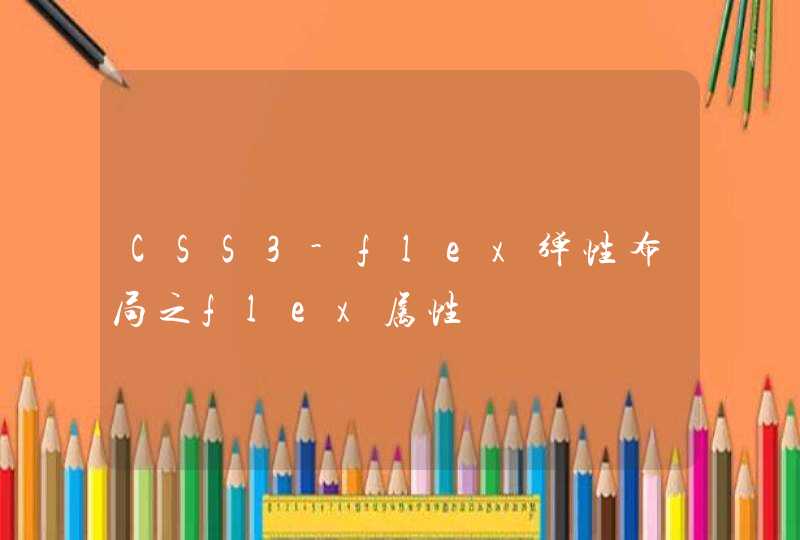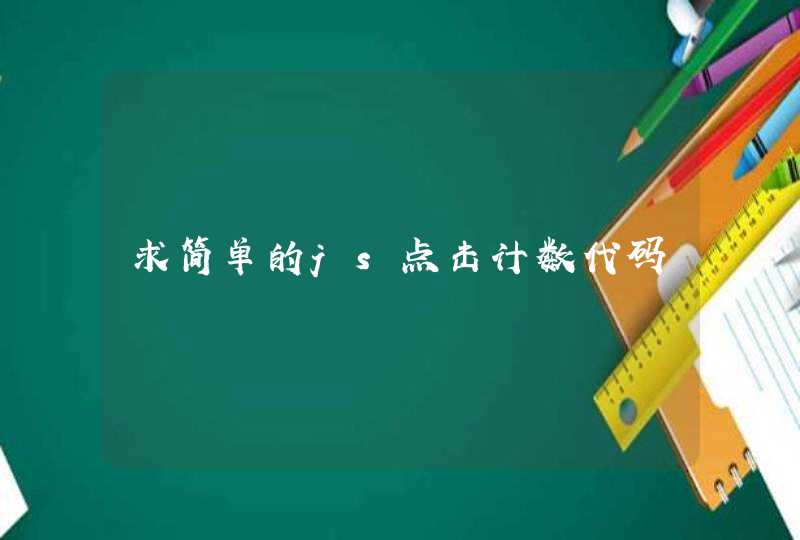
>print("Hello, World!")
[1] "Hello, World!"
上述红色的前面带了>符号的是需要输入到4里面去的。>符号不需要输入。每句话后需要回车。
第二个例子:我们产生1到10,一共十个数,然后每个数都加1。
>x=1:10
>x=x+1
>x
[1] 2 3 4 5 6 7 8 9 10 11
x=1:10表示产生 1 2 3 4 5 6 7 8 9 10这些数字,然后x=x+1表示每个数都加1,最后输入x后表示显示x这个变量。
R语言之—字符串处理函数nchar
取字符数量的函数
length与nchar不同,length是取向量的长度
# nchar表示字符串中的字符的个数
nchar("abcd")
[1] 4
# length表示向量中元素的个数
length("abcd")
[1] 1
length(c("hello", "world"))
[1] 2
chartr
字符替换
chartr(old="a", new="c", x="a123")
[1] "c123"
chartr(old="a", new="A", x="data")
[1] "dAtA"
paste和paste0
字符串粘合函数
paste在不指定分割符的情况下,默认分割符是空格
paste0在不指定分割符的情况下,默认分割符是空
# 默认以空格隔开
paste("Hello","world")
[1] "Hello world"
# 没有空格
paste0("Hello","world")
[1] "Helloworld"
# 指定分割符
paste("abc", "efg", "hijk", sep = "-")
[1] "abc-efg-hijk"
# 分别对向量的每一个元素进行连接
paste0("A", 1:6, sep = "")
[1] "A1" "A2" "A3" "A4" "A5" "A6"
# collapse参数:每一个元素操作之后,再把向量的每一个元素进行连接
paste0("A", 1:6, sep = "",collapse = "-")
[1] "A1-A2-A3-A4-A5-A6"
substr
字符串截取函数
substr(x = "hello", start = 1, stop = 2)
[1] "he"
strsplit
字符串的分割函数,可以指定分割符,生成一个list
strsplit("abc", split = "")
[[1]]
[1] "a" "b" "c"
如果要对一个向量使用该函数,需要注意。
# 分割向量的每一个元素,并取分割后的第一个元素
unlist(lapply(X = c("abc", "bcd", "dfafadf"), FUN = function(x) {return(strsplit(x, split = "")[[1]][1])}))
[1] "a" "b" "d"
gsub和sub
字符串替换
gsub替换匹配到的全部
sub 替换匹配到的第一个
# 将b替换为B
gsub(pattern = "b", replacement = "B", x = "baby")
[1] "BaBy"
gsub(pattern = "b", replacement = "B", x = c("abcb", "boy", "baby"))
[1] "aBcB" "Boy" "BaBy"
# 只替换第一个b
sub(pattern = "b", replacement = "B", x = "baby")
[1] "Baby"
sub(pattern = "b", replacement = "B", x = c("abcb", "baby"))
[1] "aBcb" "Baby"
grep和grepl
字符串匹配
grep函数返回的是索引值
grepl函数返回的是逻辑值
# 返回匹配到的元素的索引
grep(pattern = "boy", x = c("abcb", "boy", "baby"))
[1] 2
# 返回逻辑值
grepl(pattern = "boy", x = c("abcb", "boy", "baby"))
[1] FALSE TRUE FALSE
match &&pmatch &&charmatch
1、match
Usage
match(x, table, nomatch = NA_integer_, incomparables = NULL)
x %in% table
参数:
x: vector or NULL: the values to be matched. Long vectors are supported.
table : vector or NULL: the values to be matched against. Long vectors are not supported. (被匹配的值)
nomatch: the value to be returned in the case when no match is found. Note that it is coerced to integer. (没有match上的返回的值)
incomparables : a vector of values that cannot be matched. Any value in x matching a value in this vector is assigned the nomatch value. For historical reasons, FALSE is equivalent to NULL. (不同来匹配的值)
match函数类似与 %in%,不同的是match返回的是索引,而%in%返回的是逻辑值。
比如说有个string, eg:"my name is xiyting", 你可以看到在上一个string中,“is”后面有两个空格,我想删掉一个空格,需要先知道怎么表示空格,然后才能知道怎么删除空格。点赞 00
yzharold
2009-2-7 18:49:00
如果是对string操作的话,应该是用
substr 和 paste命令
A = "Hello"
B = "World"
C = paste(A,B,sep=" ")
结果是 Hello World
D = paste(A,B,sep="-")
结果是 Hello-World
substr 应该是可以删除空格的
A="X Y"
substr(A,1,1)
结果是"X"
substr(A,1,2)
结果是"X "




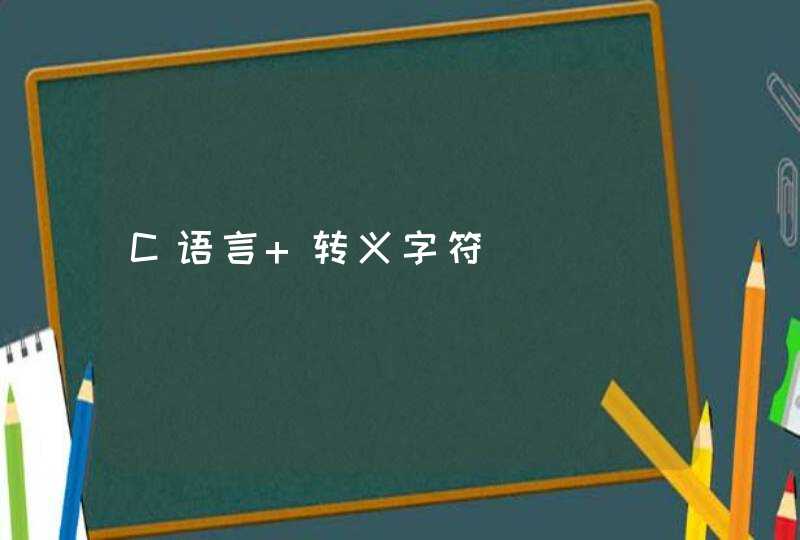






![R语言 > pairs(iris[,1:4]) > pairs(iris[1:4]) 这俩语句画的图一样,,那个逗号是干嘛的??](/aiimages/R%E8%AF%AD%E8%A8%80+%26amp%3Bgt%3B+pairs%28iris%5B%2C1%3A4%5D%29+%26amp%3Bgt%3B+pairs%28iris%5B1%3A4%5D%29+%E8%BF%99%E4%BF%A9%E8%AF%AD%E5%8F%A5%E7%94%BB%E7%9A%84%E5%9B%BE%E4%B8%80%E6%A0%B7%EF%BC%8C%EF%BC%8C%E9%82%A3%E4%B8%AA%E9%80%97%E5%8F%B7%E6%98%AF%E5%B9%B2%E5%98%9B%E7%9A%84%EF%BC%9F%EF%BC%9F.png)






